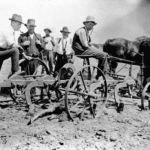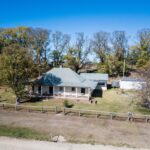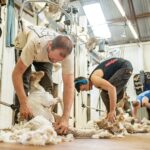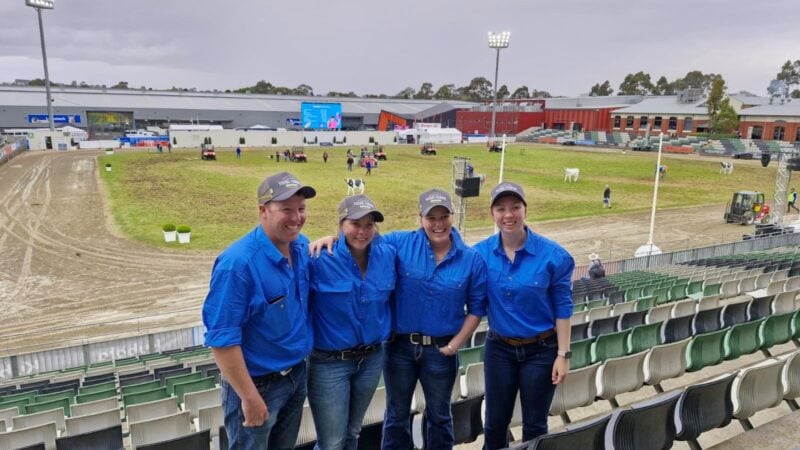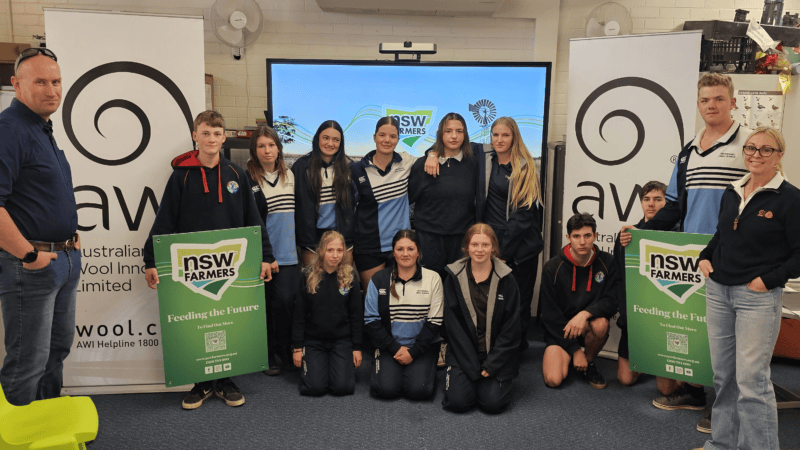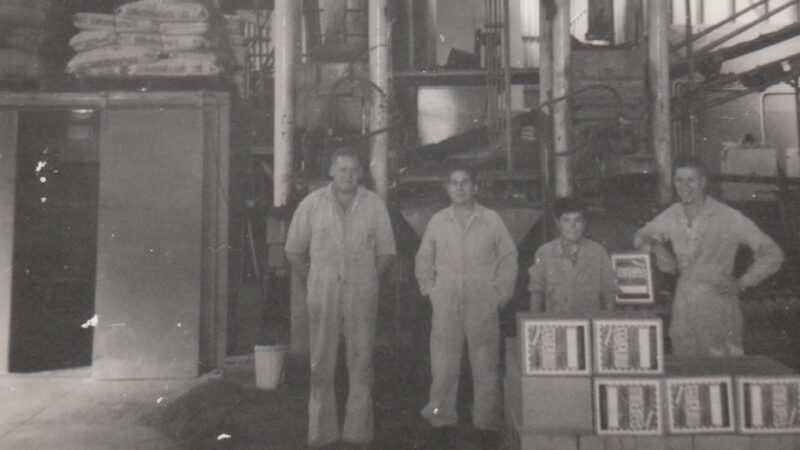Many Aussie farming inventions changed the way people worked across the world.
The tables have turned � life as a female shearer
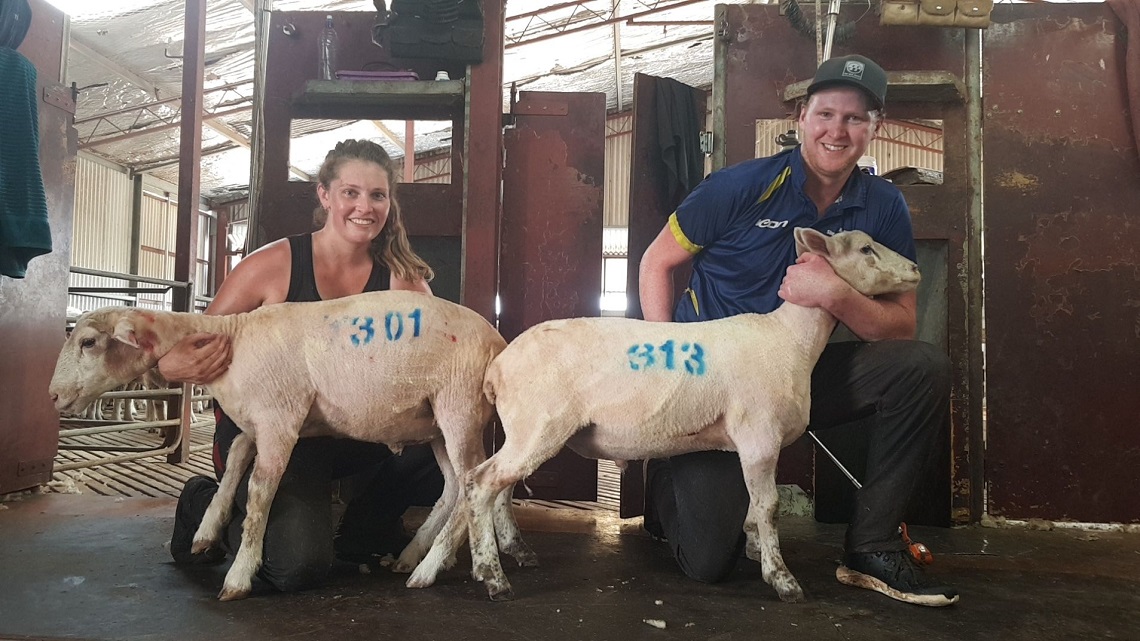
When Nicki Guttler left school, she picked up work as an in-home carer for her neighbour who had been injured in a car accident. But after a difficult six months, the shearing world beckoned.
The opportunity to travel and enter competitions whilst earning decent money in a good atmosphere were what initially drew Nicki into shearing. She wanted to compete and so her mum, Helen Guttler, who had been hanging around shearing sheds since she was a little girl, taught her how.
�She knew how to knock the wool off a sheep,� Nicki told The Muster.
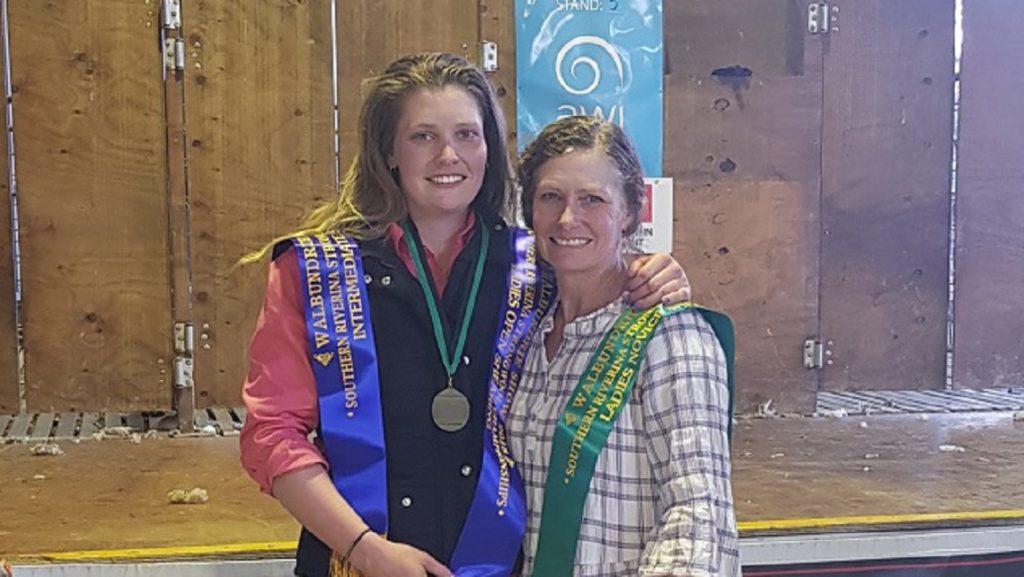
Nicki grew up in the NSW Riverina at Walbundrie, a small town south of Lockhart. From small town beginnings, Nicki�s decision to become a female shearer has allowed her to travel across Australia, New Zealand and even as far afield as England. She has also had a stint shearing on Flinders Island in the Bass Strait and right now she is shearing her way through Tasmania.
�There�s opportunity to travel anywhere you want. Shearing has a good reputation; you can get a job anywhere. So, the places you can go and things you can see while working at the same time is pretty unreal,� she said.
AWI shearing training on the rise
Australian Wool Innovation Program Manager for Wool Harvesting, Training and Development, Craig French, says shearing training is ramping up at the moment, especially in NSW.
“We recognise the demand and the urgency to have the wool harvesting industry ready with trained and skilled staff. Plenty of females are taking the stands and doing an exceptional job,” Craig told The Muster.
“The art of shearing is in technique and in mental strength. It’s great to see so many females taking up the handpiece.
“The quality of the work they do is impressive, the female shearers shear the sheep well and are always reliable and dedicated. This is a positive for our industry and we will continue to see the percentage of female shearers increase I believe.”
“There is a lot of respect”: changing times in the shed
The shearing industry has progressed a long way. Whilst it is still a male dominated industry, there is a lot of respect for the women who get in there and give it a go, Nicki says.
�It was once an industry where women were never allowed to be seen in the shed but now the tables have really turned. There are a lot of people who really encourage women to have a go. There�s a lot of respect,” Nicki said.
�I�m actually shearing next to one of the best female shearers I�ve ever seen at the moment (Jeanine Kimm). She�s from Bombala. She�s absolutely unreal! There�s a number of females in my team at the moment, some are roustabouts. There�s nothing wrong with just getting in there and having a go.�
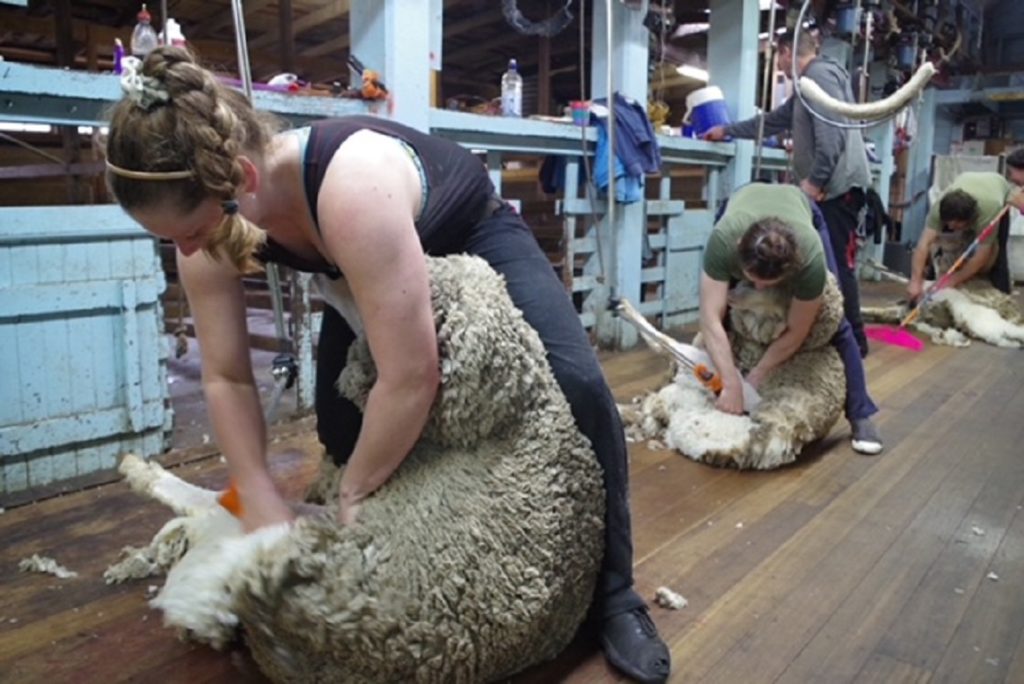
Modernising facilities
Nicki said the shearing industry is slowly but surely modernising shed facilities. Some still lack clean running water and clean bathrooms but, she says, the situation is improving as time goes by and this is only increasing with the current shearer shortage.
�Most contractors work really hard to get the health and safety standards up to scratch for their shearers. The shearing shortage we�re having at the moment is helping us make a stand for respecting the shearers that we have,� she said.
Good money to be made for female shearers
Due to the current shearer shortage and ongoing border restrictions with COVID-19, Nicki explained that many wool producers in NSW are paying shearers $4 per head. Currently, Nicki is on $3.24 per sheep which is allowing her to earn great money.
Nicki’s personal shearing record is 301 head of cross bred lambs. Nicki achieved this record shearing beside her boyfriend, Connor Price, with whom she is currently working and travelling with now in Tasmania.
�They were combing really nicely which makes shearing easy,” she said.
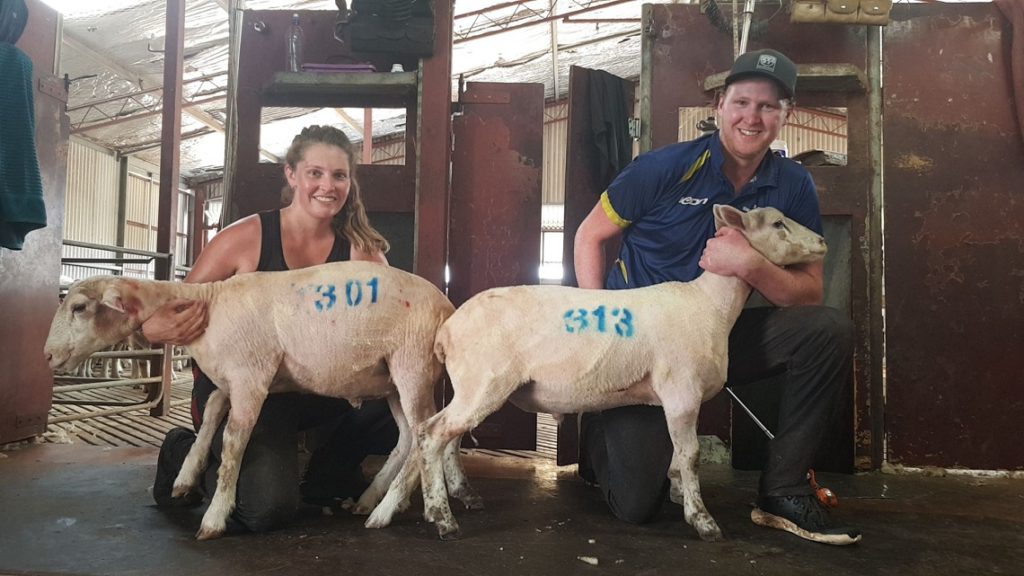
After shearing for five and half years, Nicki has polished her shearing finesse. She�s even managed to shear 220 Merino ewes which weigh between 80 and 100 kilograms each. Heavier fleeces can also weigh between eight and 10 kilograms. While learning to shear, Nicki was shearing 100 to 130 sheep a day but she says, �it all depends on the type of shearing and conditions�.
What’s next for Nicki, our female shearer
Nicki plans on returning to NSW to shear with Connor next month.
She wants to encourage women to join the industry for the opportunities and lifestyle it provides.
�Just get right in there and have a go, that�s all you need to do. You can get a job almost anywhere,” she said. “You usually stay at the farm where you�re shearing too, it�s called mess. Usually, you just pay for the food while accommodation is covered. Everyone sits around the fire in the cookhouse and has a beer and a yarn and some dinner.
Nicki Guttler, a female shearer
“We all relax, socialise and then we�re off to bed.�
Nicki has completed a number of shearing courses through TAFE NSW and AWI. AWI run multiple novice and improver training courses throughout NSW.
The dates of upcoming courses are listed below.
NOVICE
- Harden, late June
- Dubbo, mid July
- Howlong, July
- Broken Hill, July
- Boorowa, early August
- Bathurst, mid August
- Dubbo, August
- Steam Plains, August
IMPROVER
- Brewarrina, late July
- Nyngan, mid July
- Goodooga, late July
- Dubbo, September
For more information, please call AWI on 1800 SHEARS.
If you enjoyed this story about a female shearer, you may like to read a similar one about James “Boogie” Ferguson and his career in shearing.


